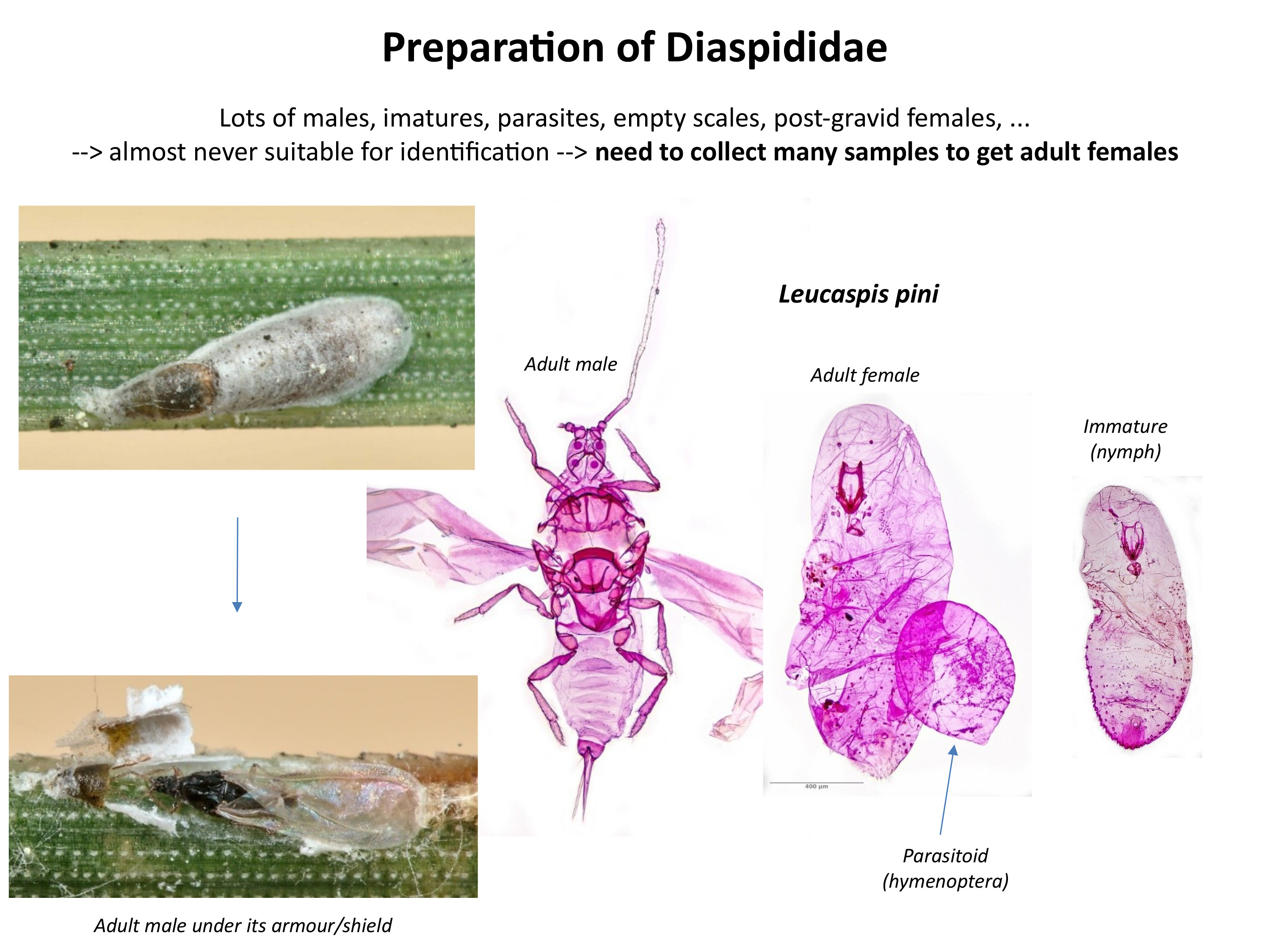Distinction of European Henosepilachna
The distinction between Henosepilachna angusticollis and Henospilachna argus regularly causes problems here on iNaturalist and is intrinsically difficult. I don't feel very confident in identifying these species for observations from southern Europe and I have never seen H.angusticollis. Very few good representations of these species are available in the literature or online (with certain identification).
I have just gathered here the information I could find in the literature. Any comments or additions are welcome !
Both species can be present in Spain, Portugal and southern France on the same host plants. Elsewhere, H.argus is the only species present. Chnootriba (=Henosepilachna) elaterii has a wider distribution in Southern Europe, but this species is easy to distinguish.
Henosepilachna angusticollis (vs H.argus):
- In dorsal view, more elongated shape, the tip of the elytra looks more pointed (all authors). The widest part of the elytra stands in their anterior third in angusticollis but close to their middle in argus (Vincent Nicolas, online discussion). Good illustration: Eizaguirre (2015) plate p.506 (see below)
- In lateral view, the shape is more flat, less convex (Eizaguirre 2015)
- Pronotum less wide relative to the base of the elytra (Reiche 1862, Nedved & Djuric 2022) and pronotum less wide relative to its length, less "transverse" (Reiche 1862), Width/Length ratio < 2 (vs >=2 in H.argus) (Migeon et al. Comm Pers)
- The shape of the pronotum is different, according to Reiche (1862) and Eizaguirre (2015), but difficult to find a good illustration or a clear explanation. Stronger lobe in the middle of the posterior margin (Reiche 1862). The anterior angles (of the pronotum) are rounded and projecting forward, while the posterior angles are attenuated (Eizaguirre 2015)
- Pilosity on the elytra shorter and more dense (Eizaguirre 2015).
- Eizaguirre (2015) describes differences in the male genitalia that seem to be very weak and without illustration.
- Limited to the Mediterranean basin (Spain, Portugal, Southern France) and maybe Malta and Crete (Nedved & Djuric 2022)
- Host plants cited in the literature : various cucurbitaceae. H.argus only on Bryonia dioica in Northern Europe but can probably be found on other cucurbitaceae more in the South.
Note that most of the differences concern the general shape, which might be difficult to appreciate in photographs as the angle of view and the lens might distort the apparent shape.

Sources :
- Eizaguirre S. 2015. Fauna ibérica Vol. 40: Coleoptera, Coccinellidae. Madrid: Editorial CSIC Consejo Superior de Investigaciones Científicas. p.189-194 + plate p 506
- Nedvĕd O, Djurić M. 2022. Ladybirds of Europe: Field Guide. HabiProt.
- Reiche L. 1861. Espèces nouvelles de coléoptères appartenant à la faune circa-méditerranéenne. Annales de la Société entomologique de France 4:539–546. - Original description available here : https://gallica.bnf.fr/ark:/12148/bpt6k6341439k/f99.item
Criterion about the widest part of the elytra taken from this online discussion :
https://www.insecte.org/forum/viewtopic.php?t=147710







